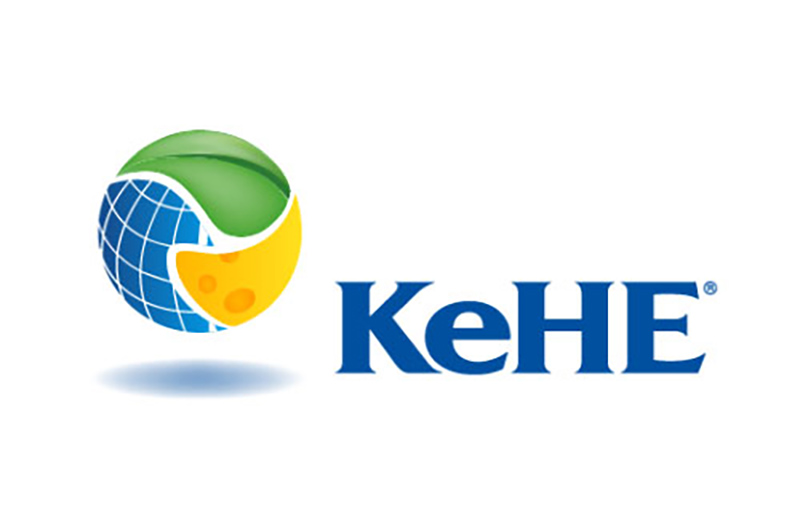KeHE Distributors released its 2026 macro trends forecast, highlighting five emerging market dynamics that reflect evolving consumer values and purchasing priorities across the natural and organic, specialty and fresh products sectors.
The Naperville, Illinois-based distributor identified authenticity, protein innovation, global flavors, personalized wellness and data-driven shopping as the dominant forces reshaping how consumers will make food choices and how retailers curate product assortments in the year ahead.
“Consumers are returning to what feels real, and seeking out authentic stories, purposeful ingredients and products that deliver both nourishment and meaning,” said Marc Nehring, director of growth solutions at KeHE.
“The 2026 macro trends highlight how personal and values-driven food choices have become. KeHE’s role is to connect retailers and brands with those deeper motivations so they can continue creating experiences that truly resonate with shoppers.”
Return to real drives clean label demand
Consumers are gravitating toward minimally processed foods connected to transparent sourcing and authentic production methods.
Currently, 83 percent of U.S. consumers read food labels before a purchase, with 64 percent paying more attention to labels than they did five years ago.
Among free-from shoppers, 84 percent choose these products to avoid overly processed foods, while 59 percent believe fewer ingredients signal healthier choices. The shift toward authenticity reflects growing consumer desire for transparency and well-being across food categories.
Protein redefined through back-to-basics approach
More than 90 percent of U.S. consumers have eaten animal-based protein in the past six months, while nearly half have incorporated plant-based proteins into their diets.
Shoppers favor clean meat attributes, including grass-fed, organic and no additives, with protein callouts on red meat packaging doubling since 2019.
Dairy and snack innovations are proteinizing everyday foods from cottage cheese and yogurt to cookies and ready-to-drink beverages. The next wave pairs protein with fiber for nutrient-dense eating that supports weight and blood sugar management.
Global flavors expand beyond ethnic aisles
International cuisines continue fueling U.S. food innovation and retail growth as consumers embrace new and familiar global flavors.
Ethnic aisle sales rose 2.9 percent in 2024, to $9.35 billion, outpacing total grocery growth. Nearly 65 percent of U.S. shoppers want more international products in their supermarkets, with engagement spanning frozen, snacks, sauces and bakery categories.
Younger consumers lead discovery, with 52 percent of Gen Z and 51 percent of Millennials finding new cuisines through social media. Interest is expanding beyond staples to flavors like ube, tamarind, chimichurri and bulgogi.
Wellness becomes personal through technology
Consumers are transforming health data into daily action through fitness trackers and artificial intelligence-powered insights. Retailers are evolving into wellness hubs as shoppers seek more guided, educational shopping experiences that connect everyday habits to health outcomes.
Top self-care priorities including energy, sleep, and cognition are fueling demand for functional, restorative products. The growing food-as-medicine mindset is strengthening shopper connections to brands that align with their values through certifications like USDA Organic and Non-GMO, according to SPINS data.
AI and apps create informed shopping behaviors
Empowered by artificial intelligence, mobile applications and social media, consumers are shopping with greater awareness and intent.
Tools like Yuka, with more than 75 million users worldwide, and retailer-integrated health scoring systems are influencing real-time decisions at the shelf.
Transparency extends beyond clean labels to clear pricing as economic pressures reshape behavior. Nearly 49 percent of Americans plan to buy less while 40 percent expect to switch to cheaper brands to offset rising costs, indicating price visibility has become as important as ingredient transparency.
[RELATED: Whole Foods Market Forecasts 2026 Top Food, Beverage Trends]

